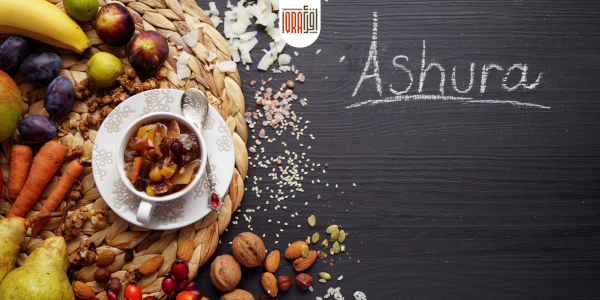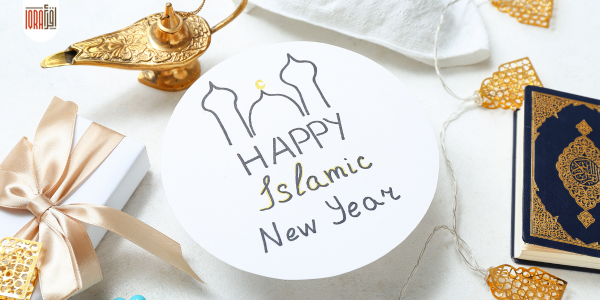In the universe of Islamic worship, sujood (or prostration) stands out as a unique pillar, embodying the essence of a Muslim’s devotion and connection to the Divine. Through sujood, a believer finds a sacred moment of introspection, humility, and serenity. In today’s exploration, we will uncover the intricacies of the dua between sujood, delve into the various types of Sajdah, and understand their profound implications.
Sujood: A Symbol of Ultimate Submission
Sujood is more than just a physical act. It represents the pinnacle of submission, where a servant lowers themselves to the ground, signifying their humility and devotion to Allah. The act is a manifestation of a believer’s recognition of Allah’s might and their place in the universe. This ritual finds mention in numerous Hadiths, with Prophet Muhammad (peace be upon him) describing it as the time when a servant is closest to Allah. (Source: Sahih Muslim)
The Powerful Dua between Sujood
The interval between the two prostrations in Salah offers a pristine moment for personal reflection and supplication. While engaging in the dua between sujood, a believer can seek Allah’s mercy, forgiveness, and guidance.
The Prophet Muhammad (peace be upon him) stated: “In regard to his saying: The servant is closest to his Lord during prostration, so make plenty of supplication – I said: Then what should I say, O Messenger of Allah? He said: Say: O Allah, forgive me, have mercy on me, guide me, give me health and sustain me.” (Source: Sunan Abi Dawood)
Diving into the Types of Sajdah
The act of prostration isn’t monolithic; it encompasses various forms. Let’s illuminate the primary types of Sajdah:
- Sajdah al-Tilawah: This refers to the prostration due to the recitation of specific verses of the Qur’an. When one encounters these verses, whether during prayer or outside of it, they perform this act of prostration.
- Sajdah al-Shukr: This is the prostration of gratitude. Whenever a believer receives good news or is saved from a calamity, this spontaneous act of prostration becomes a heartfelt way to express gratitude to the Almighty.
- Sajdah as-Sahw: Also known as the prostration of forgetfulness, this sujood compensates for mistakes made during Salah. It’s a gesture that underscores the importance of perfection in worship and our constant striving towards it.
- Obligatory Sajdah: This pertains to the regular prostrations performed during the five daily prayers. These sujood form the backbone of a believer’s daily connection with Allah.
To better understand the nuances, conditions, and rulings associated with these prostrations, IQRA Network’s Fiqh course offers an in-depth study. It serves as a guiding light for those eager to perfect their acts of worship.
In Conclusion
Sujood transcends the physical act of bowing; it becomes an embodiment of a Muslim’s relationship with their Creator. It’s a bridge that fosters connection, nurtures humility, and fortifies the spirit.
For believers on a quest to deepen their understanding of Islamic principles and rituals, the journey begins with seeking knowledge. And what better way than to register at IQRA Network to gain access to a wealth of resources tailored for your learning?
As you move ahead, remember: each time you engage in sujood, you’re not just bowing your head; you’re elevating your soul. It’s a journey from the worldly to the divine, one prostration at a time.
Keen to journey deeper into the world of Islamic jurisprudence and understand the essence of your practices? Explore the Fiqh course at IQRA Network and enrich your spiritual voyage today.





0 Comments
Oops comments are disabled